This article was co-authored by Collette Gee. Collette Gee is a Relationship Coach, Certified Violence Prevention Specialist, the Author of "Finding Happily… No Rules, No Frogs, No Pretending." Focusing on creating meaningful romantic relationships, Collette uses her experience having worked in the mental health industry as a psych nurse to conduct relationship coaching, online courses, and workshops to help women and men find lasting love. Prior to Collette's coaching business, she worked in the mental health field as a psych nurse which has helped inform her practice to create and sustain happy, healthy meaningful romantic relationships. Her work has been featured on TLC, London Live, the Huffington Post, and CNN.
This article has been viewed 340,011 times.
When you fall for a good friend, it can be very difficult to figure out how to move from friendship to something more romantic. Depending on your personality and the existing nature of your relationship, you might want to try having a frank conversation with your friend about where your relationship is and where you want it to go. You can also work to move from friendship to something more by changing your behavior.
Steps
Discussing Your Feelings
-
1Understand the risks. Before you sit down to have a conversation with your friend about your relationship and where it’s going, understand the risks involved in asking to change your friendship into a romantic relationship. Your friend could feel the same, but they might not. You need to prepare for your friend not to feel the way you do.
- When assessing the risks you should also decide how you will react to your friend’s potential response. If they do not return your feelings, are you willing to stay friends? Would you rather end the friendship? Make sure you’re prepared for whatever reaction you get.
-
2Ask for a conversation. Once you feel fully prepared for whatever response you might get, ask your friend if you can have a serious conversation.
- You can say something like “I’d really like to talk to you about something important regarding our friendship. Is there a time and a day that’s good for you?”
- You can also give them a heads up on what's coming by saying something like "I'd like to discuss my feelings about you and our relationship. When would you be willing to have this conversation?"
Advertisement -
3Pick a neutral location. This is a sensitive conversation you’ll be having, so you’ll want to choose somewhere that you and your friend will have some privacy and where you both feel comfortable.[1] If you are already friends, you might be comfortable having this conversation in one of your homes.
- Don’t pick a romantic spot in the hopes that it will sway your friend’s response. If the conversation doesn’t go the way you want it to, being in a romantic restaurant can make things awkward.
- You could also choose a quiet corner of a coffee shop or a nice spot in a public park. Depending on how the conversation goes, it might be best to have this conversation somewhere that you can both easily leave.
-
4Be honest. When talking to your friend about your feelings, be honest and up front about how you feel and what you want for your relationship.[2]
- You can say something like “I know we’ve been friends for a long time, but I’ve been feeling like maybe there’s something more between us. I am starting to care about you as more than a friend and I was wondering if you’ve felt that way, too.”
- Emphasize that you don’t want to jeopardize your friendship but that your feelings are such that you felt the need to talk to them.
-
5Accept their response. When you’re admitting feelings to someone else – especially someone that you’ve only had a platonic relationship with – it’s easy to feel very vulnerable and as if you deserve a certain response. Keep in mind that your friend might not respond the way you want them to, and that you have to respect them enough to accept their response, whatever it is.
- If their response is that they don't return your feelings you can say something like "I hear what you're saying and I respect your response. Let's talk about where we want our relationship to go from here." This way your friend knows that you're not going to continue to pursue them romantically but that you want to maintain your friendship.
- If your friend returns your feelings and is also willing to pursue a romantic relationship you can say something like "I'm really glad you feel the same! Where do we go from here?" This sets up an opportunity for you both to discuss how quickly - or slowly - you want to take your new relationship.
- If your friend asks for time to think about it, say something like "I understand that this is a lot to think about and I am totally willing to give you some space to consider everything." Then ask if you can make a plan to meet in a week (or longer, or shorter - you can read how your friend is feeling better than anyone) to discuss things again.
Changing Your Behavior
-
1Take the lead. If you have feelings for a friend, you can start changing the relationship by taking the lead in changing your behavior. So don’t just wait around, expecting them to make the first move. Initiate a conversation or ask your friend on a date. If you want to transform your friendship into something more, you’ll have to take the lead on changing that relationship.[3]
-
2Demonstrate your feelings. In a healthy friendship, people demonstrate that they care about one another in a lot of different ways, but if you’re trying to move past friendship, you’ll have to demonstrate the fact that you’re feeling new feelings.
- You can demonstrate your feelings by writing a note or a card, or buying your friend an unexpected gift with a note that says “this reminded me of you.”
- You can also just ask your friend what you can do to make them feel loved or appreciated. This indicates that you’re looking for ways to take the relationship to the next level without having to have a direct conversation.[4]
-
3Flirt. One of the easiest ways to change your behavior and demonstrate to your friend that you’d like something more is to flirt. Compliment their clothes, or their hair, or the way they do something – sing, speak, play an instrument. Tell them they look handsome or pretty. They should get the message pretty quickly that you’re interested in being more than friends.[5]
- You can say something like "I really love the way that shirt looks on you - it brings out the color of your beautiful eyes."
- You can also say something like "I could listen to you play guitar all day long. It melts my heart."
-
4Do something new together. If you want to change your behavior and change your relationship, you can’t rely on the same things you’ve always done together. Suggest a new restaurant – maybe something with candlelight! – or pick a new spot for drinks.[6]
- You can invite them to drinks by saying "There's a new bar downtown - it seems like a sort of romantic place. I know it's not what we usually do, but I thought we could change things up a bit."
- You can also invite them to do something you don't normally do, like going for a walk, by saying "I was wondering you wanted to go for a walk with me. It'll give us a chance to just talk and be alone."
- Surprise them by doing something like taking the person out for lunch.[7]
Being Intimate
-
1Initiate physical contact cautiously. Most friends touch in some way, but if you’re interested in more, you can start by slowly increasing – or changing – the type of physical contact you have. You’re probably the best judge of what type of contact your friend will be comfortable with, and you’ll also know what level of physical contact already exists between you.
- Try placing your head on their shoulder while you sit next to them. If they don’t move away, or if they put an arm around you, this is probably a pretty good sign that they’re interested in more than friendship, too.[8]
- If your friend tenses up or otherwise signals that they are not comfortable with increased contact, draw back immediately. Aside from possibly ruining your friendship, unwanted physical contact is inappropriate.
-
2Take physical intimacy slow. If things seem to be progressing well, there will probably come a point when you want to turn your friendship into a more physically intimate relationship. You should take transitioning from a friendship to a physically intimate relationship slowly.
- Talk often about the level of intimacy you are both comfortable with and do so before you transition to a different level of intimacy. For example, you can say something like "I've been feeling like I'd like to kiss you - is that okay?" Respect their response.
- It's also perfectly acceptable for you to be the one to slow things down, even if you initiated the change in relationship.
-
3Don’t overdo it. You should demonstrate your feelings, but you also don’t want to smother your friend with your attempts to take your relationship to the next level. Strike a balance between being available and keeping your distance.[9]
- Being available and willing to do anything and everything your friend asks might make your friend like you, but it won’t necessarily increase their desire for you. Surprising your friend occasionally with thoughtful gestures but also occasionally limiting the amount of time you spend with them sets up the perfect balance of satisfaction and tension.
- In other words, it’s okay to play a little hard to get.[10]
-
4Be patient. A healthy romantic relationship takes time to develop, even if it doesn’t start platonically. When you’re trying to turn friendship into romance, it can really take time for that transformation to be complete. Be patient.[11]
Warnings
- If at any point your friend seems uncomfortable with where your relationship is going, stop. This applies especially to any physical contact.⧼thumbs_response⧽
References
- ↑ Collette Gee. Relationship Coach & Certified Violence Prevention Specialist. Expert Interview. 1 May 2020.
- ↑ Collette Gee. Relationship Coach & Certified Violence Prevention Specialist. Expert Interview. 1 May 2020.
- ↑ http://www.aish.com/d/w/7-Ways-to-Go-from-Friendship-to-Relationship.html
- ↑ http://www.aish.com/d/w/7-Ways-to-Go-from-Friendship-to-Relationship.html
- ↑ http://www.glamour.com/story/8-ways-to-transform-a-friendsh
- ↑ http://www.glamour.com/story/8-ways-to-transform-a-friendsh
- ↑ Collette Gee. Relationship Coach & Certified Violence Prevention Specialist. Expert Interview. 1 May 2020.
- ↑ http://articles.chicagotribune.com/2012-03-13/features/sc-fam-0313-avoid-friend-zone-20120313_1_friend-zone-friendship-attraction
- ↑ http://articles.chicagotribune.com/2012-03-13/features/sc-fam-0313-avoid-friend-zone-20120313_1_friend-zone-friendship-attraction
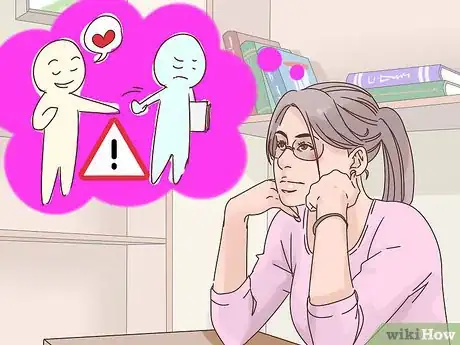

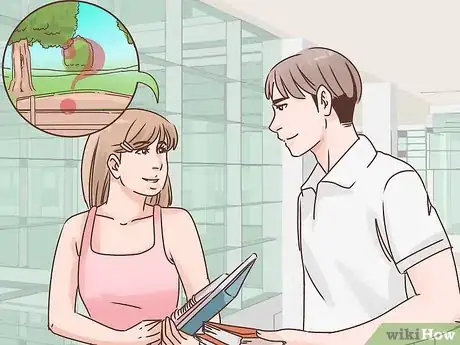

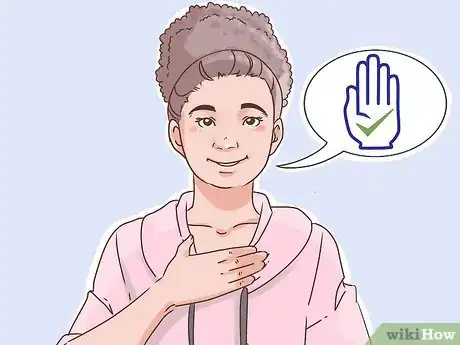
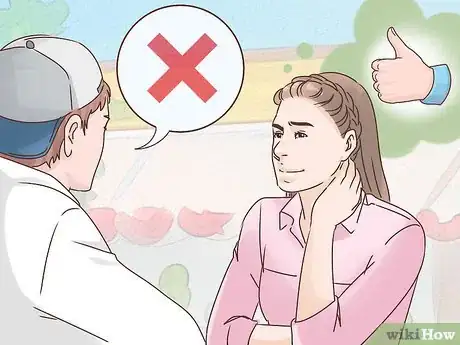
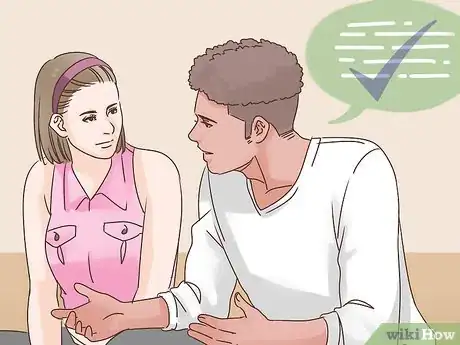
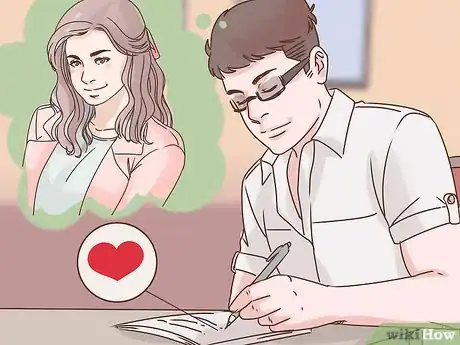

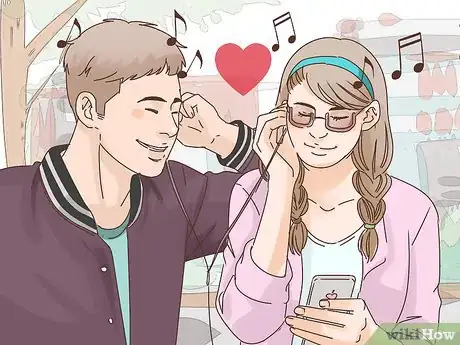

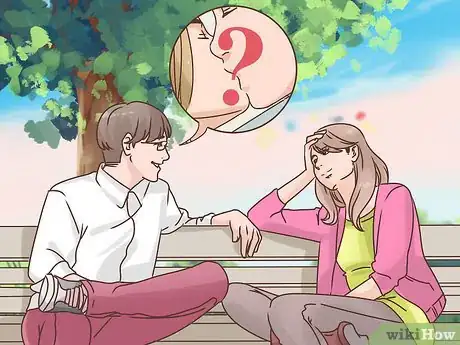
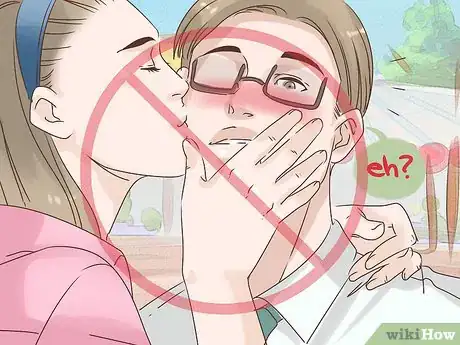
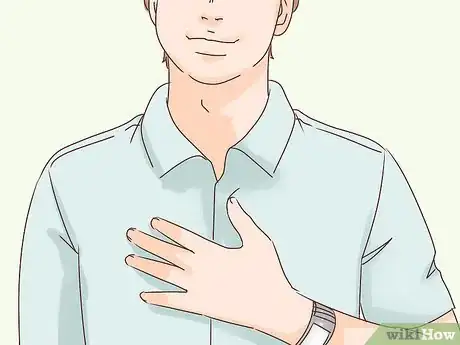











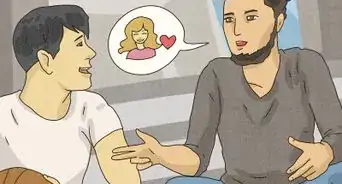

-Step-13-Version-3.webp)















































